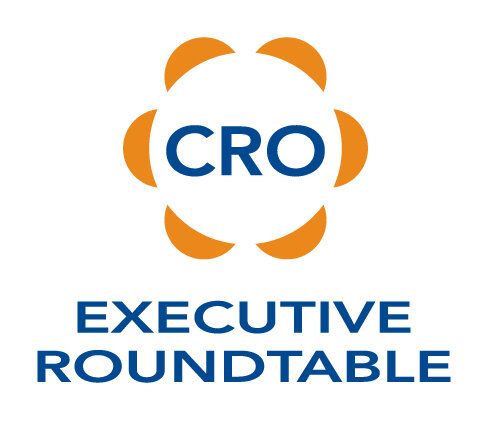Popularity is greater than exclusivity. Likes and follows are driving awareness. Crowd > Elite. The selling world is being modified by B2C interactions. The transformation is underway…have you noticed?
Amazon is almost single-handedly changing sales interactions. Searching, research, pricing and popularity are hallmarks of the Amazon experience. “Prospects” are well-versed in your multiple products, your general pricing and your relative popularity. Your salespeople are at a disadvantage compared to just 10 years ago. You have to make adjustments to your sales process to adapt to this new reality.
Marketing Is Prospecting
The halcyon days of salespeople generating their own prospects are now fading fast. Prospects in the discovery phase are less likely to call a company and ask to speak to a salesperson. Prospects are even less likely to take a prospecting call from a salesperson. This cultural change has shifted the burden of prospecting over to the marketing department. Marketing is now responsible for approach strategies and communications to open the door to a sales discussion. Your marketing approach must go beyond introducing your company, your products/services, and your history. Marketing now has to provide an flavor of your company’s culture and mission to invite the cold prospect into a selling relationship.
Differentiating Value will Drive Engagements
Commoditization is the devaluing of your Differentiating Value (DV). This devaluation is a prospect’s best weapon to neutralize any sales approach. “You are just like the other solutions.” “The other company does the same thing for less money.” “We don’t have a need for it.” You see how easy this is…and effective if your salespeople are unable to utilize your DV. The modern-day prospect is more informed than ever so your salespeople will need to leverage your DV to drive new engagements. This engagement is more than features and benefits - those points will have been discovered and intellectually digested by the prospect. Your salespeople will need to use DV to establish the next stage in the selling relationship.
Relationship Sales are the Future
There has always been a relationship aspect to selling, even when selling transactional solutions. However, the greatest change in the sales process is the shift from seller to sherpa. Salespeople now have to engage on a different level with prospects. Automation has taken responsibility for the nuts and bolts information regarding your solution. Your salespeople will need to build an immediate, and then ongoing, relationship with the prospect to close the deal. As this sales change becomes ingrained, who a salesperson knows will become the foremost factor in ongoing success.
The current state of selling seems like a new frontier and these 3 changes are having an impact on success. Yet, some aspects of selling are timeless. Being a good qualifier, asking tough questions, actively listening, etc. are all abilities needed to succeed. The key for all CRO’s will be to incorporate the new sales model into their existing processes.







